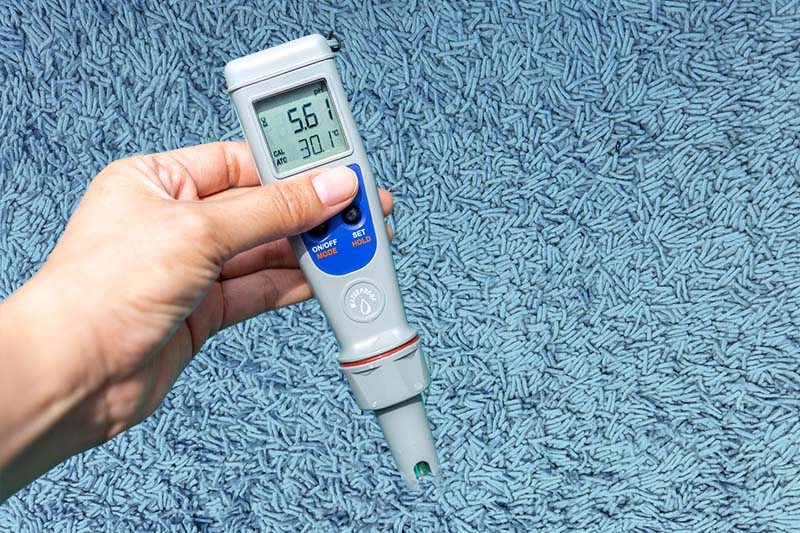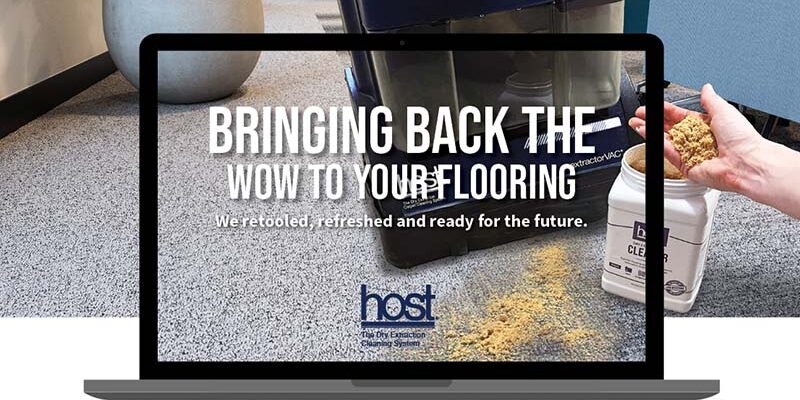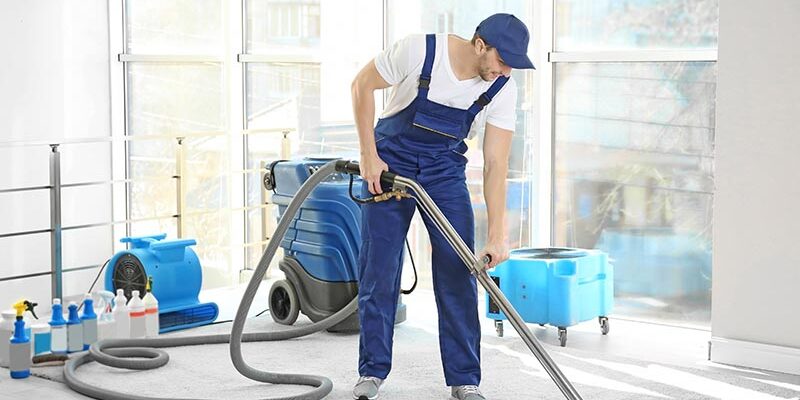Carpet Cleaning and pH Myths

By James B. Smith
As carpet cleaners, we know pH is important. The acidity or alkalinity of a cleaning solution will impact its safety and efficacy for different types of fibers, dyes, and soils. Yet many technicians are taught “one size fits all” guidelines regarding carpet cleaning and pH when the truth is actually much more complex.
The issue of pH guidelines begins in the early 1950s when a group called the British Standards was looking for volunteers to set limits on alkalinity for carpet cleaning. Nearly all carpet was wool, and most of the cleaners were using the shampoo method with unbuffered detergents. However, many were boosting their products with ammonium hydroxide (i.e., ammonia). Some pushed the limit, increasing the pH too much, so the committee set an acceptable pH range of 5.5 to 8.0.
At first glance, this was a good guideline. It officially limited the abuse of excessive amounts of ammonium hydroxide; however, the scholars were confused as to why the committee put a lower limit on this standard. After all, wool was washed with sulfuric acid to remove plant impurities and urine. In addition, wool is typically dyed in dye baths between pH 4.0 and 5.5 but sometimes as low as 2.5.
Starting in the 1960s, there was less concern about alkalinity as synthetics became the dominant fibers in the United States. Then came acid dye blockers in 1986, and once again, alkalinity was a big issue.
At this time the IICUC, along with fiber producers and carpet mills, made guidelines for cleaners. The scholars argued for comprehensive recommendations, but the majority wanted a simple regulation. This led to the pH 10.0 rule, which states that most fiber should be cleaned with solutions of pH 10.0 or less, but the rule is flawed since it does not consider the roles of buffering and reactivity. Some detergents with a pH of 9 are too alkaline; while others as high as pH 11 are not a problem.
Later, the simple majority claimed that Wools of New Zealand had modified the 5.5 to 8.0 rule to become a 4.5 to 8.5 guideline. This seemed to strengthen the notion that credible entities believed that a simple rule for products would resolve alkalinity problems. It turned out that Wools of New Zealand did not make this rule. Wools of New Zealand’s focus was on certifying woolen carpets, but the organization owned another group called WoolSafe.
WoolSafe marketed laboratory testing and certifications for detergents, spotters, and protectors. At that time, they had approved one product with a pH of 13.5 in concentration, yet according to a study performed in 2004, WoolSafe did not approve some products with a pH of 6.5 because they were too alkaline.
To address these seemingly contradictory recommendations, the IICRC commissioned Dr. Al Luedtke, a chemist, to write a white paper on carpet cleaning and pH. One of the things Dr. Luedtke’s paper pointed out was that the pH of a product alone was an inadequate measurement of its compatibility with a fiber. This line was included in the “Professional Cleaning of Textile Floor Coverings” fifth and sixth editions, which led some instructors to teach pH for carpet cleaning with a different approach; however, the myth of the pH 10.0 rule persists. Many technicians have simply been told, “When cleaning most synthetics, use products with a pH that is 10.0 and under.”
In addition to the pH 10.0 myth, there are other common misconceptions about carpet cleaning and pH. For example, you were probably taught that the pH scale goes from 0 to 14, but it is possible to have a negative pH value and a pH higher than 14. Perhaps you were also taught that if you have a pH 12 issue, a pH 2 solution would neutralize it, but that is not the way pH works.
Truly understanding pH is a complicated task, but oversimplifying the guidelines will only cause problems for carpet cleaners in the long run. So how do we make pH practical for technicians? We learn how to use pH meters and reference charts. This is what every other industry does. A pH meter will tell us what kind of products the previous cleaner used, help us to identify stains, and allow us to properly neutralize rust removers. A pH meter is also an essential tool in spot dyeing. Once you begin to use a pH meter faithfully, you will gain a better understanding of the nuances of how pH impacts stain treatment and carpet cleaning.
James “Jim” B. Smith is an IICRC-approved instructor and a senior practicing inspector and part of the voting consensus of the IICRC S1OO cleaning standard. His educational studies come from Texas A&M University and the University of Houston. He has been in the cleaning industry since 1975. For more information, visit his website at www.carpetinspector.com/jbs, call (972) 334-0533, or email [email protected].












